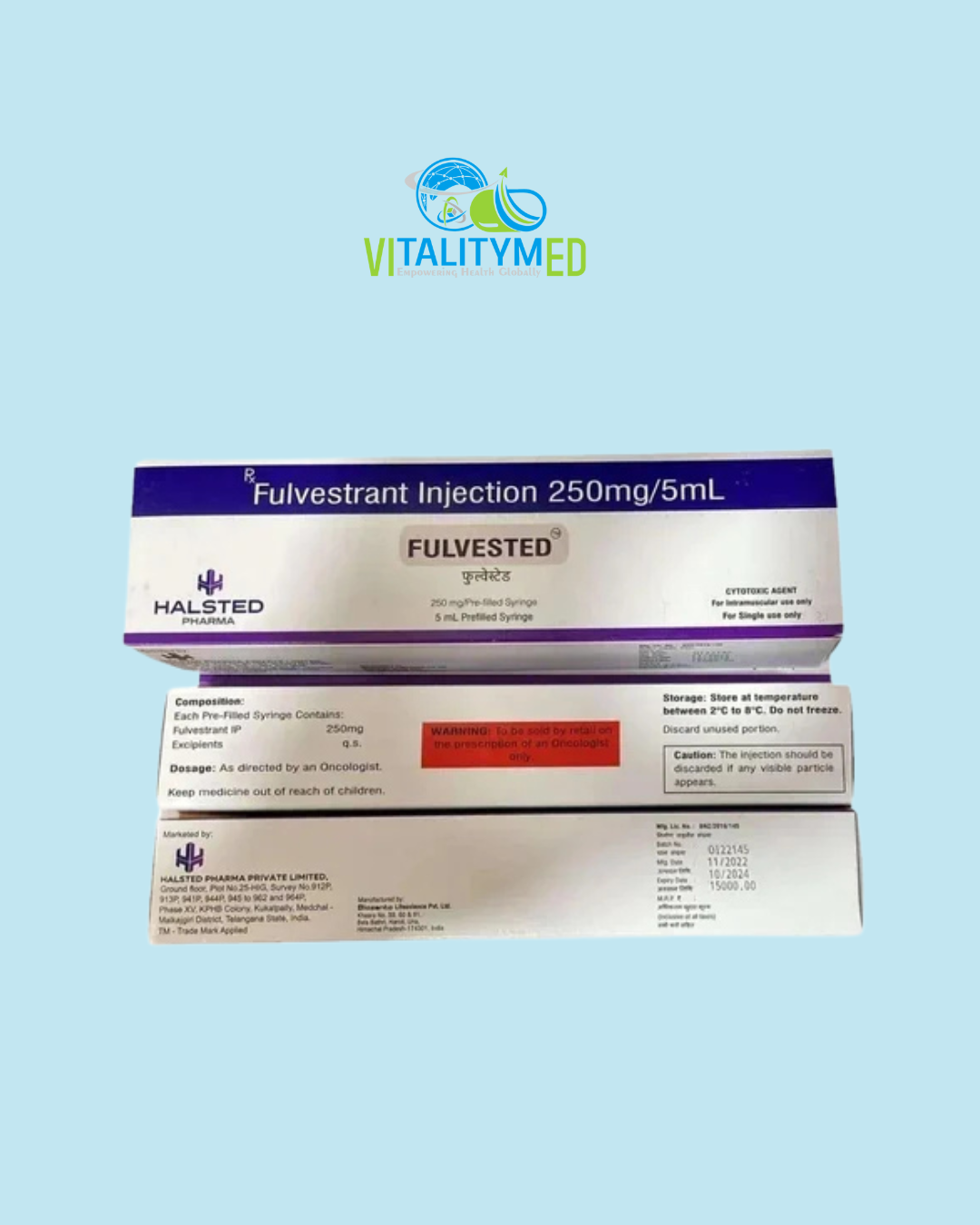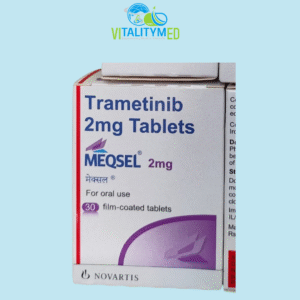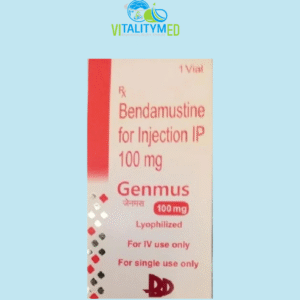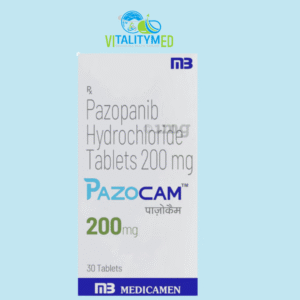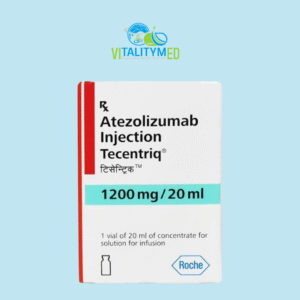Fulvested contains fulvestrant, a hormonal therapy used in the management of certain types of breast cancer. It is typically prescribed for postmenopausal women whose cancer is sensitive to estrogen. Unlike other hormone therapies that block estrogen receptors temporarily, fulvestrant acts by destroying the receptors, offering a more complete way to suppress the hormone’s activity.
It is administered as an intramuscular injection, usually once a month, and is often used when the cancer has progressed despite other hormonal treatments.
Mechanism of Action
Fulvestrant works by targeting and binding to estrogen receptors present in breast cancer cells. Once attached, it alters the shape of these receptors, preventing estrogen from activating them. Additionally, it promotes degradation of the estrogen receptors, leading to a reduction in their number inside the cancer cells.
By removing the receptor’s activity and presence, fulvestrant effectively starves the tumor of the signals it needs to grow and divide. This mechanism sets fulvestrant apart from selective estrogen receptor modulators that only block receptor function but do not eliminate them.
Uses
Fulvested is primarily used to treat:
-
Hormone receptor-positive metastatic breast cancer in postmenopausal women
-
Patients whose cancer has progressed after anti-estrogen therapy, such as tamoxifen or aromatase inhibitors
-
In some cases, it may be combined with other targeted agents for enhanced effectiveness
It is not suitable for cancers that are hormone receptor-negative, as these do not rely on estrogen for growth.
Adverse Effects
Fulvestrant is generally well-tolerated, but like all medications, it can cause side effects. These are typically manageable and do not affect all patients in the same way.
Common Side Effects
-
Pain at the injection site
-
Hot flashes
-
Fatigue
-
Joint and muscle pain
-
Nausea

